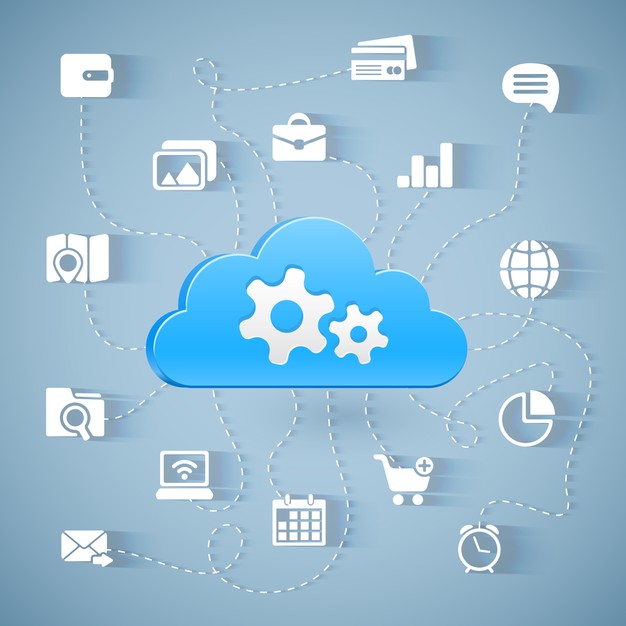Impact of C19 on upskilling and Edtech
3AI February 15, 2021

After nearly one year under lockdown, here is how the coronavirus pandemic has impacted the upskilling and edtech platforms across the country.
.
Overnight in March 2020, COVID19 forced employees and companies to change the way they worked and lived. Regardless of job role, this situation transformed the way every working professional went about their jobs.
As the world attempts to get back to a degree of normalcy, fundamental organizational changes are expected as companies reorganize themselves to the new uncertainties of the post-COVID world.
KPMG International ‘2020 CEO Outlook’ reports that “69% of CEOs say that they will be downsizing office space and 77% say that they will continue to build their use of digital collaboration and communication tools”. The impact of this change on talent strategy and upskilling cannot be overstated.
To be sure, the talent and the upskilling market was changing even before the pandemic hit us. As per McKinsey Global Institute, “As many as 375 million workers would have to switch occupations or acquire new skills by 2030, because of automation and artificial intelligence”.
Thus, the combined effect of COVID and AI will potentially change almost everything for individuals and companies:
Certain skills will become a permanent currency
The pandemic has given enough reasons to everyone to challenge old schools of thought including the sales force. The CFO is bound to question the travel expenses across the board. For example, managing high-stakes customer relationships remotely over video calls will become critical.
Collaborative tools will gain importance
Various collaboration tools such as slack, teams, Trello, miro, asana, Figma (for designers), file stage (for content review), and GanttPRO (for project management) have made inroads. I see this trend continuing ahead and collaboration both formal and informal will gain centerstage.
It will increase productivity and maintain cohesion in the absence of informal corridor chats. Interestingly, always-on tools are trying to bring workplace like collaboration to homes.
Expanded borders
Employees will work on projects, problem-solving with an expanded pool of people. These could be beyond their work location, city and will sometimes open-up cross-border collaboration(s). This will eventually unlock new value for organizations with some early pains including the impact of a 24*7 workplace on the workforce.
Greater data-driven decision-making and digitization
Gut-feel decisions will go down in the absence of a traditional relationship-driven collaboration. Both external entities and internal clients will seek data to help them make decisions and proceed with decisions. Data-based digitization will be the biggest wave that organizations and individuals will struggle with.
The physical work-place
WFH has brought with it serious domestic challenges: from upper-middle-class concerns about ‘living at work’ to the existential dilemmas of competing for ‘zoom space’ in a small urban apartment. Workforce resistance to WFH is likely to build and the resultant clamour for the physical office is a clear poser to cost-conscious management.
These trends will impact not only work itself but other facets that enable the workplace. At Times Professional Learning (TPL), a division of Bennett Coleman & Co Ltd, we operate several education and learning brands including TimesPro and The Second Wind (TSW).
While TimesPro is widely regarded for employability, TSW is well known for executive education. Our education and edtech businesses have seen disruption from the above key trends over the period of pandemic and we have responded by:
Taking our offline and hybrid teaching courses online
This has been a herculean task and has involved a lot of change management with faculty, learners, and staff. In March 2020, we took 3000+ students across 30 batches online almost overnight.
To quote one lesson and one prediction from what we learned:
Lesson: Good quality high-speed internet is a privilege and we must work hard on making our course delivery work at even lower bandwidths.
Prediction: For certain categories of learners, the flexibility and convenience of taking online classes will weigh over offline learning and disrupt this landscape
Data and new-age skills will become far more important
TPL works with a variety of learners across different formats: individuals, institutions, enterprises, and even the government. Across these groups, the predominant learning need is for better interpretation of data and data-driven decision analysis.
If data is the new oil, training on data is empowerment. During COVID, we have expanded our offerings in this area to include programs on data and have launched a program in Artificial Intelligence with IIT-Ropar and a program in Data Science with IIT-Roorkee.
Lesson: We discovered the need to train our own employees on data as well and ran a course for managers within the organization
Prediction: There will be two kinds of professionals; with and without data interpretation skills and there will a premium for those who have these skill-sets.
Individuals will invest in their own learning
While enterprises acknowledge the importance of skilling programs many businesses are slow to act on the same. As any adoption curve goes, individuals who are early adopters will act first and reap the dividends of starting early.
Lesson: Help own employees who are motivated to be the early adopters to upskill themselves
Prediction: The half-life of learning is shortening and just like a periodic vaccine, periodic upskilling will become a norm.
Learning formats will differ for different segments
The learning needs for individuals differ and while some would like to stay up to date in a lifelong learning mode, others will need deep learning. Micro-learning is a good fit for those with shorter attention spans.
Lesson: As a learning company we are actively entering and looking at different learning formats as offerings
Prediction: Learning is going to become a mashup of different formats in the life-long journey
Picture from freepik.com






